Includes bibliographical references and index.
ISBN 978-1-4426-4487-8 (cloth)
1. Industrial management. 2. Problem solving. I. Title.
University of Toronto Press acknowledges the financial assistance to its publishing program of the Canada Council for the Arts and the Ontario Arts Council, an agency of the Government of Ontario.
To my wife, Lori, and my daughters, Sarah and Meaghan, who daily demonstrate to me the wonders of complexity
ACKNOWLEDGMENTS
The list of people who have assisted me, encouraged me, taught me, influenced me, and prodded me to the completion of this book is very long. I really need to begin with some of the teachers and professors that I have been so incredibly lucky to have had play a role in my education. Mr. Mathews and Mr. Hill of Lorne Junior High School were more influential in my education than they could ever realize. They instilled in me a love of science and of trying to figure things out that continues to this day. Drs. Dulin, Sharp, and Harkleroad at McMurry College (now McMurry University) furthered that love of science in the context of a liberal arts education that was critical to my understanding of how we really need to appreciate C.P. Snows Two Cultures in order to grow intellectually. Dr. Cohen at the University of Pittsburgh, and Dr. White at the University of Western Ontario sealed the curiosity with a critical education in academic rigor and research.
I also have been blessed with wonderful work colleagues, especially Stephen McPhie, who has been my long-suffering consulting partner. Stephen is the smartest person I know, and he is frustratingly quick at spotting the flaws in my thinking. Jenny Baechler and Scott Comber of Dalhousie University have helped me form several of the ideas in this book and gave many clues for further exploration while we constructively argued about the widest variety of issues possible over greasy-spoon breakfasts. The clients that I have worked with were in essence the experimental group as I developed many of the ideas presented here. I appreciate their trust in me. I am extremely fortunate to be an academic it is the best career that one could imagine. The students in the Corporate Residency MBA program at Dalhousie University are some of the most diverse and creative students that one could be privileged to work with.
This book would never have seen the light of day without the limitless patience of Jennifer DiDomenico of the University of Toronto Press, who worked tirelessly to nurse it along and eventually make an author out of me. I cannot sufficiently express my appreciation for her not giving up on me. I also appreciate the anonymous reviewers who looked at several drafts of this book. Their insightful comments helped to make the book much better, and for that I am very grateful.
I would most of all like to thank my family. When I was growing up, my parents created an ideal set of circumstances in which my sister and I could let our curiosity run free. My sister, Nancy, has always been my hero and a constant source of encouragement as well as inspiration. Finally, I thank my wife and children for putting up with my weird work hours, my materials and papers spread throughout the house, and the random comments and thoughts that I run by them. Their support is beyond value, and I love them for that and so much more.
ITS NOT COMPLICATED
PREFACE
Albert Einstein was once asked how he happened to develop relativity. His response was that he simply questioned an axiom. An axiom is something that is considered to be so obviously true as to be unquestionable. I do not want to compare myself to Einstein, but I do want to question an axiom the axiom that implicitly claims that business is complicated.
This is a book that explains the difference between complicated and complex issues as a scientist would explain the difference between complicated and complex. The difference is intuitive and easy to understand but also subtle and profound. It is a difference that needs to be consciously appreciated and understood by business managers.
Questioning the basic but never-stated axiom of business is complicated is the purpose of the book that you hold in your hands (or your electronic reader). You may not think of business is complicated as an axiom, much less an axiom worth writing a book about. However, I will argue that in our increasingly connected business world, understanding the difference between complicated and complex is an imperative for an engaged and enlightened manager.
In questioning the business is complicated axiom, this book develops a new way to think about business problems and issues. It provides a practical and common-sense introduction to the science of complexity and its application to business, and opens a conversation about this fascinating and paradigm-shifting way of thinking about managerial problems and how they might be better dealt with. This book is intended to be a practical managers guide to complexity, including how complexity differs from the current paradigm of complicated thinking and how to deal effectively with complex issues.
This book does not go into the grand secrets of the universe, as Einsteins writings on relativity did. Also, this book most certainly does not require an understanding of any advanced mathematics, unlike Einsteins theories. Nor does it require a wild and overactive imagination or the leaps of creativity that Einsteins ideas brought to physics. All it requires is a purposeful curiosity and an open mind, both about business concepts and about how business leaders at all levels can make their organizations more efficient, agile, and better able to compete in an increasingly complex world.
In the current context of economic turmoil, financial institution risk, workplace stress, demographic change, and time pressures, why would anyone want to write a book about complexity? Isnt the whole goal of the business manager to reduce complexity? Before answering that question it is necessary to take a step back and briefly explain what complexity is. First off, complex and complicated are not the same, although in common usage the two words are generally considered to be synonyms. To a scientist a biologist, for example a complicated issue is one where the components can be separated and dealt with in a systematic and logical way that relies on a set of static rules or algorithms, such as the laws of physics. A complex issue is one where one cannot separate out the parts and for which there are no rules, algorithms, or natural laws such as are found in physics. A complicated situation is one where there is order, as well as cause-and-effect relationships that give one the ability to reproduce results. Things that are complex have no such degree of order, control, or predictability. An orientation that acknowledges complexity is one that recognizes that the whole is often much greater than and, more importantly, quite different from the sum of the parts. Complexity explicitly accounts for the interconnectedness of things and how that interconnectedness leads to fascinating characteristics such as adaptive behavior and leaderless emergence.


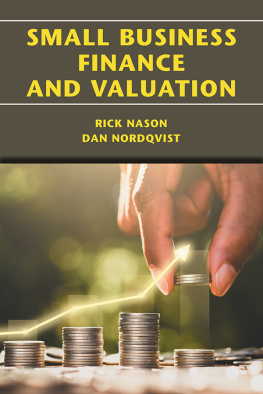
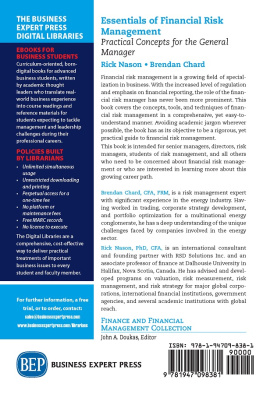
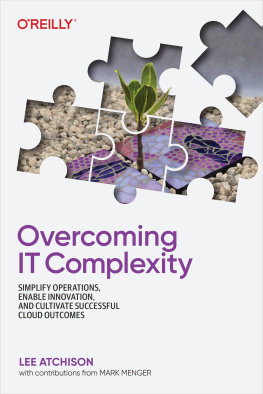

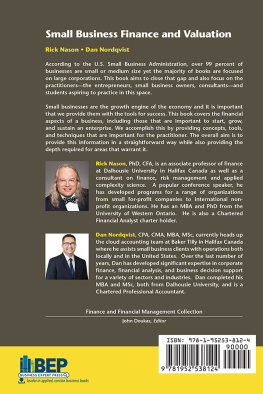
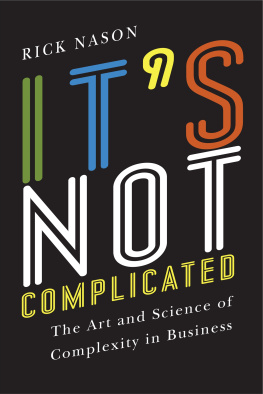

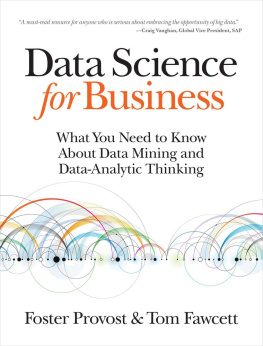

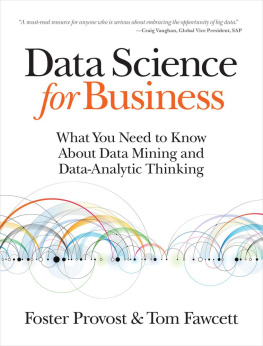

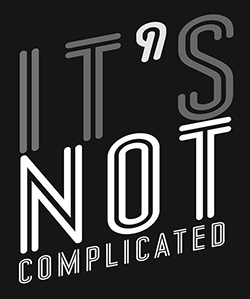
 Printed on acid-free, 100% post-consumer recycled paper with vegetable-based inks.
Printed on acid-free, 100% post-consumer recycled paper with vegetable-based inks.